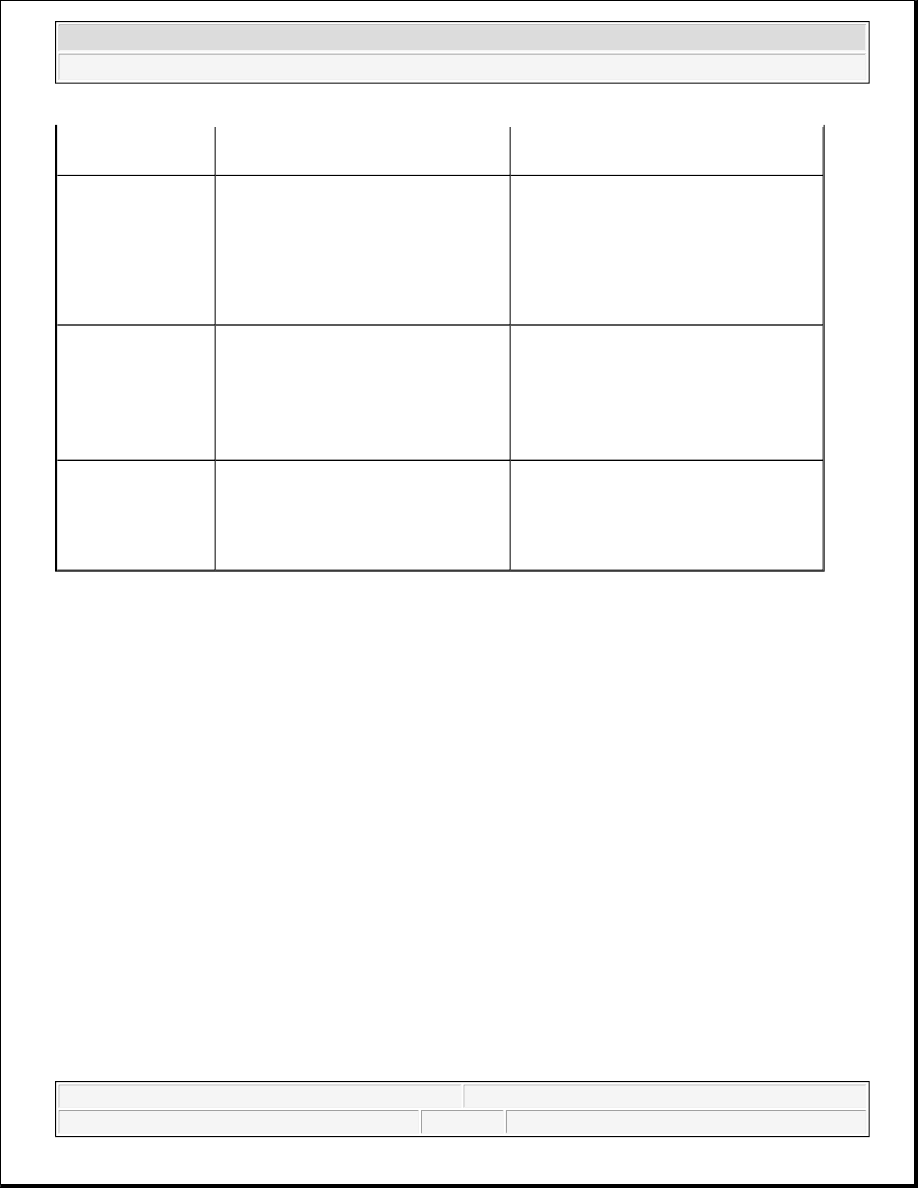Honda Element. Manual - part 322

BRAKE SYSTEM TEST
Brake pedal sinks/fades when braking
1. Set the parking brake, and start the engine, then turn off the A/C switch. Allow the engine to warm up to
normal operating temperature (radiator fan comes on twice).
2. Attach a 50 mm (2 in.) piece of masking tape along the bottom of the steering wheel, and draw a
horizontal reference mark across it.
3. With the transmission M/T in the neutral position, A/T in the P or N position, press and hold the brake
pedal lightly (about the same pressure needed to keep an A/T-equipped vehicle from creeping), then
release the parking brake.
4. While still holding the brake pedal, hook the end of the tape measure behind the brake pedal, then pull the
tape up to the steering wheel. Note the measurement between the brake pedal and the reference mark on
the steering wheel.
5. Apply steady pressure to the brake pedal for 3 minutes.
6. Watch the tape measure.
If the measurement increases 10 mm (3/8 in.) or less, the master cylinder is OK.
If the measurement increases more than 10 mm (3/8 in.), replace the master cylinder.
SYMPTOM TROUBLESHOOTING
RAPID BRAKE PAD WEAR, VEHICLE VIBRATION (AFTER A LONG DRIVE), OR HIGH, HARD
Between master cylinder and
booster.
Brake Hoses
Look for damage or signs of fluid
leakage at:
Line joints and banjo bolt
connections.
Hoses and lines, also inspect for
twisting or damage.
Bulging, twisted, or bent lines.
Caliper
Look for damage or signs of fluid
leakage at:
Piston seal.
Banjo bolt connections.
Bleed screw.
Seized or sticking caliper pins.
VSA Modulator-
control Unit
Look for damage or signs of fluid
leakage at:
Line joints.
Modulator-control unit.
2007 Honda Element EX
2007-2008 BRAKES Conventional Brake Components - Element